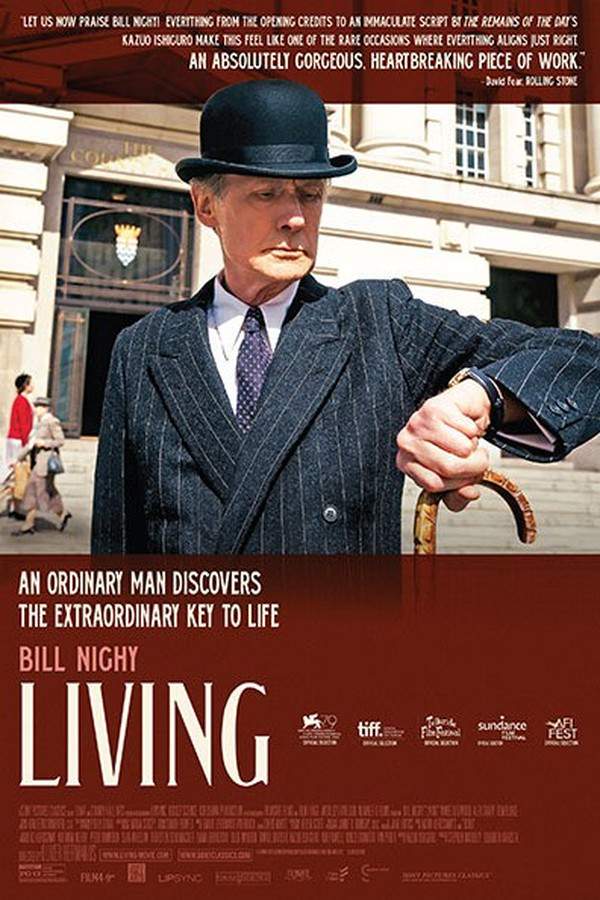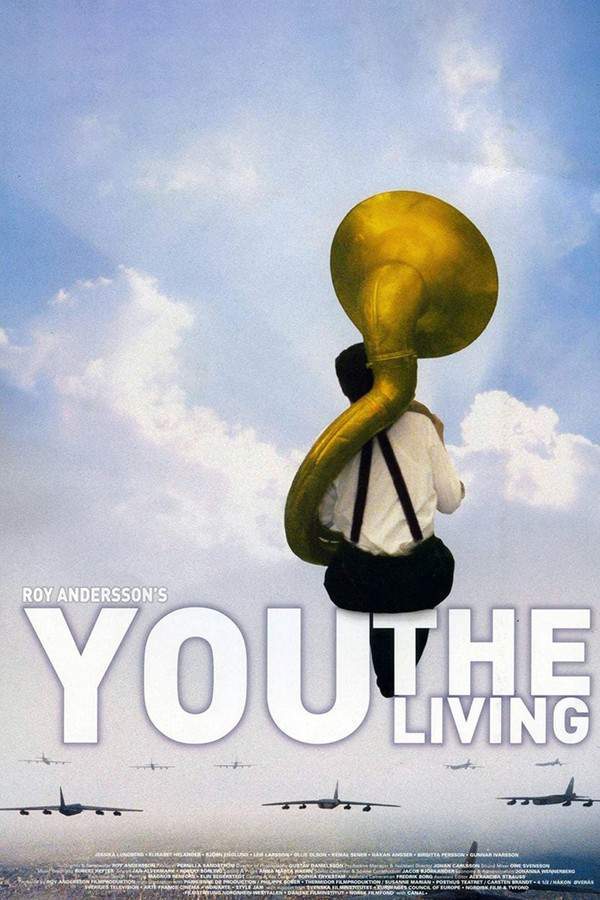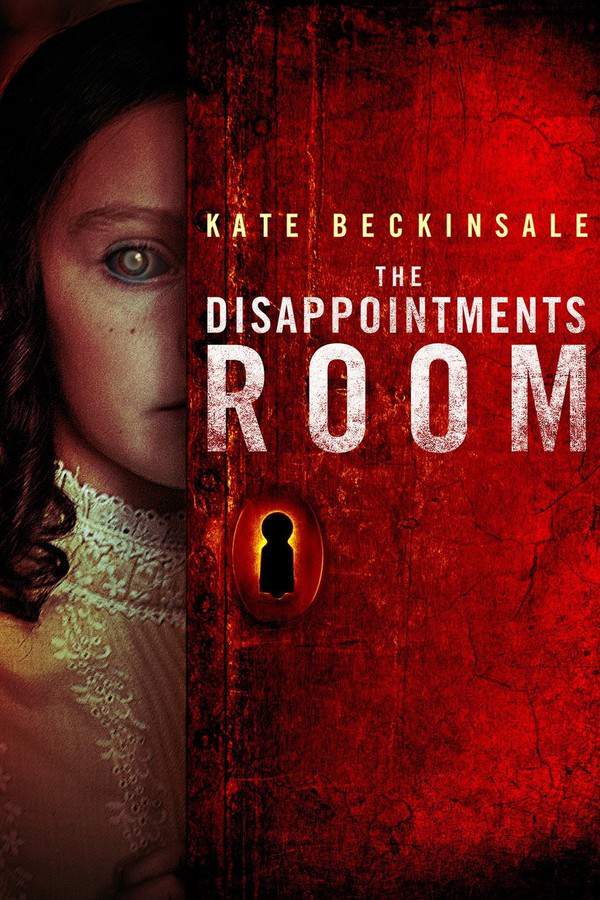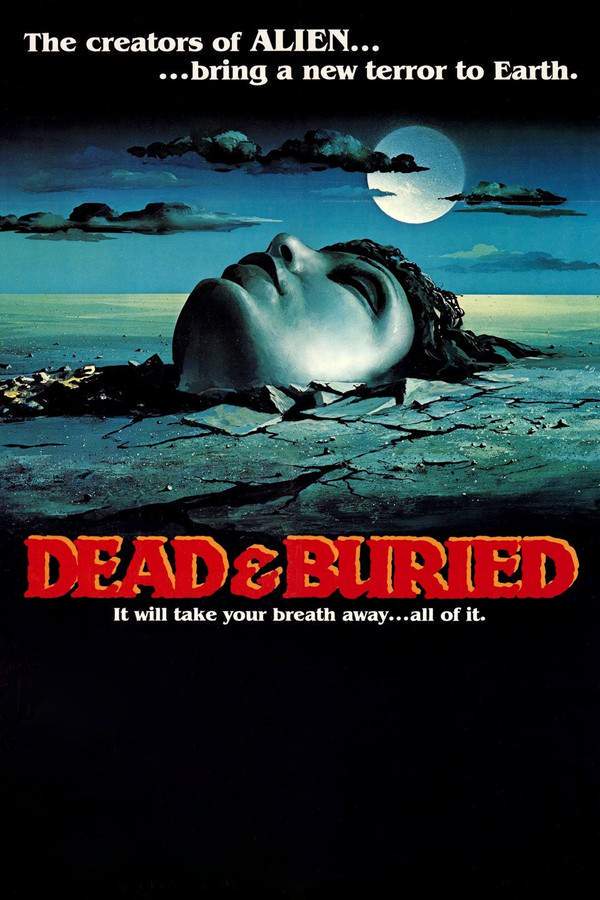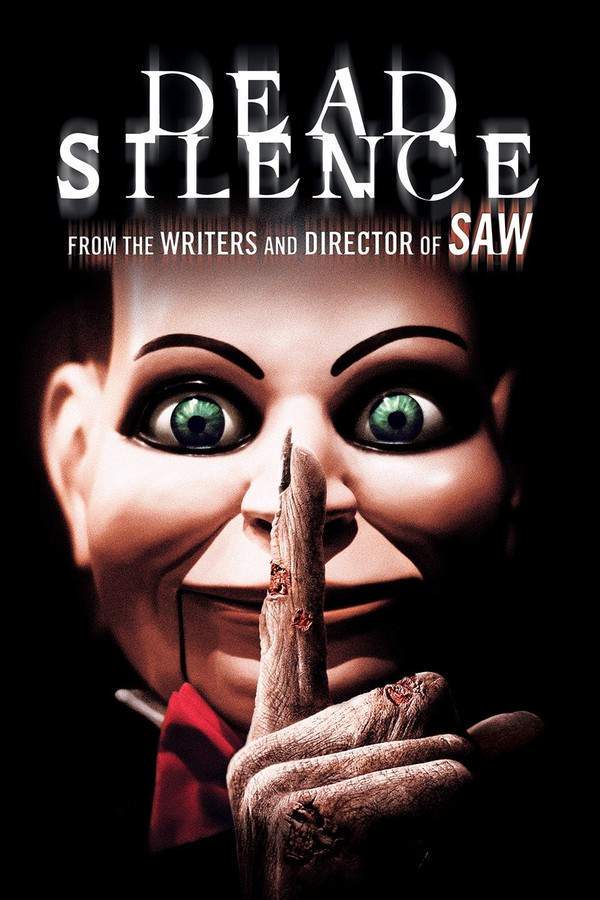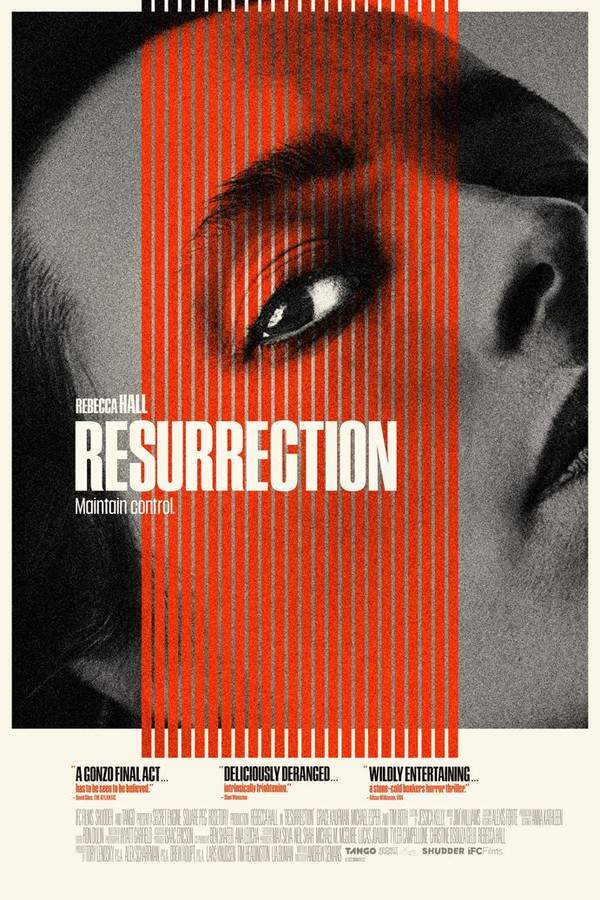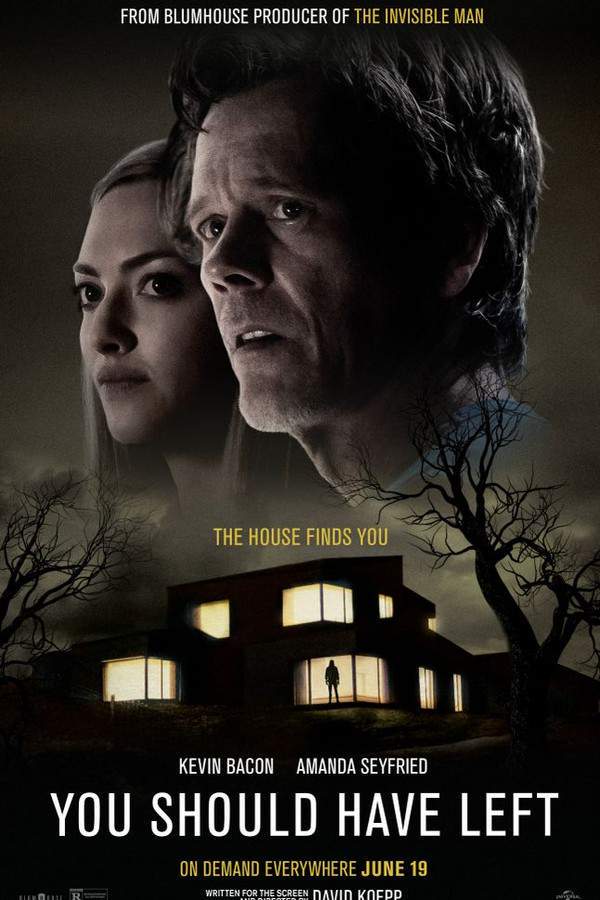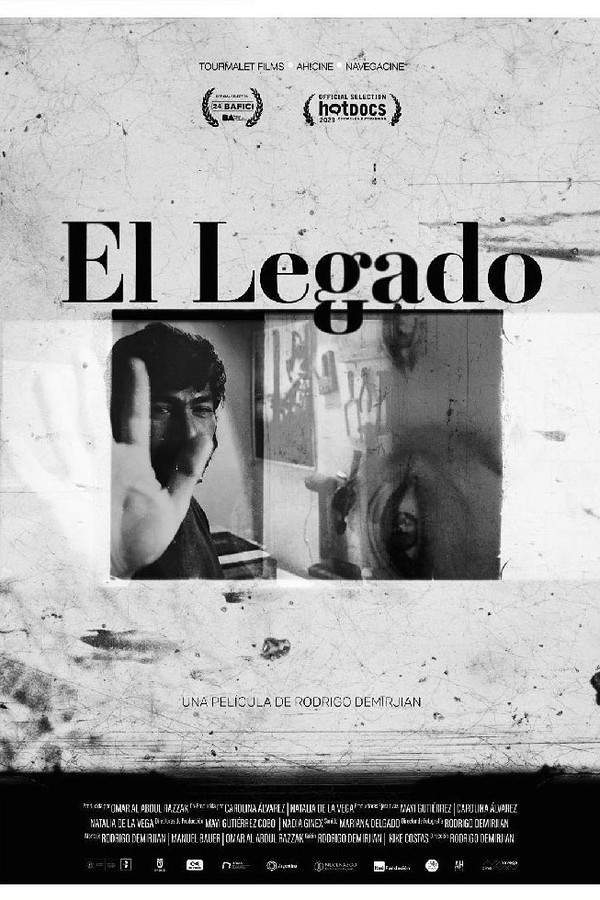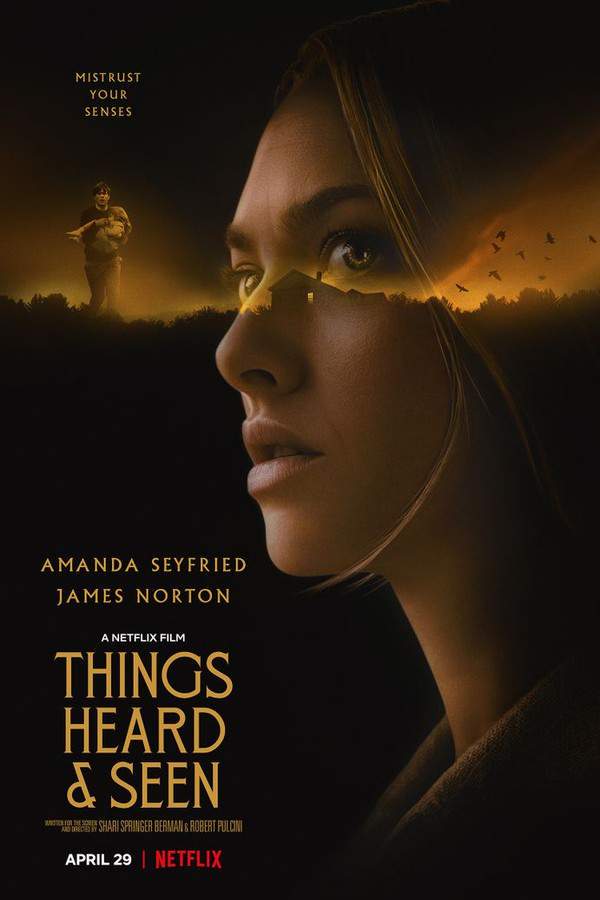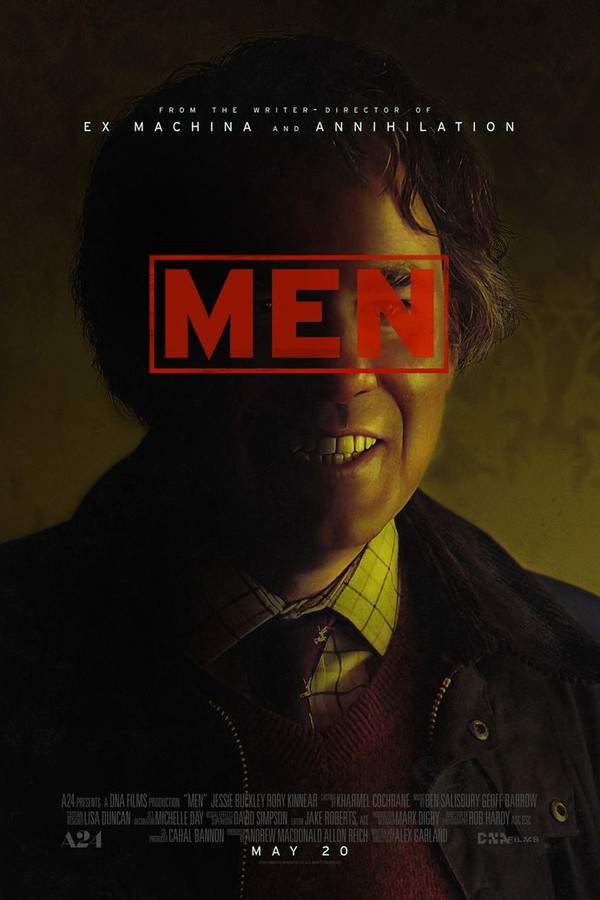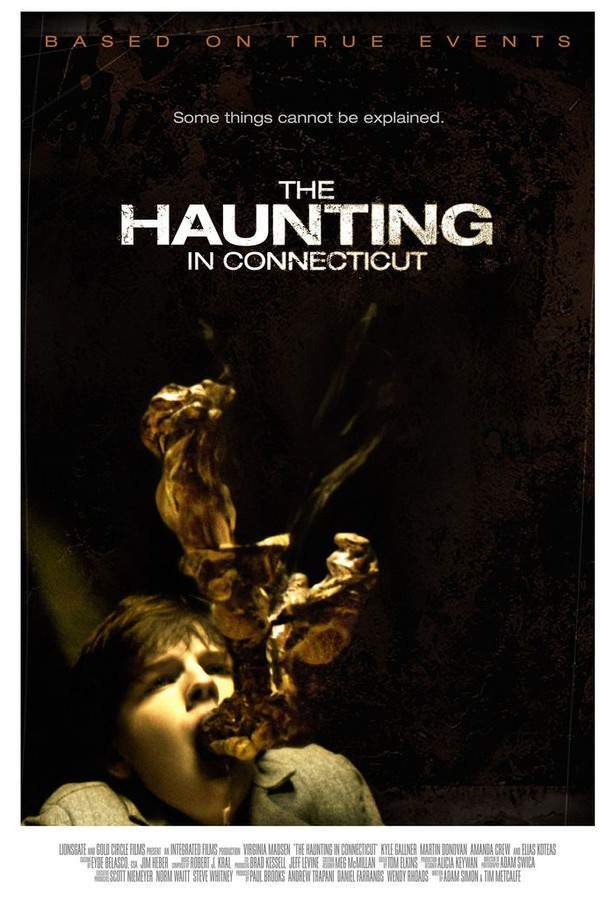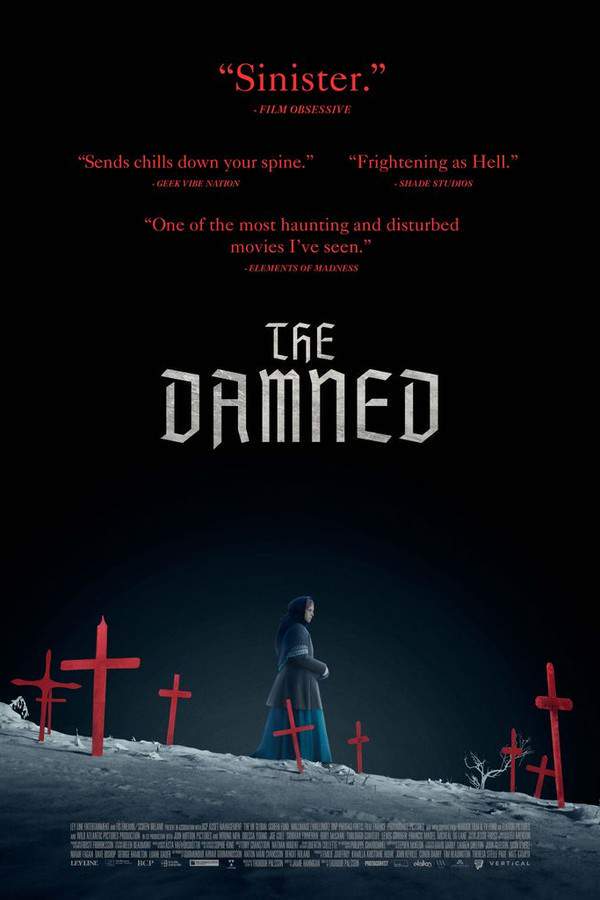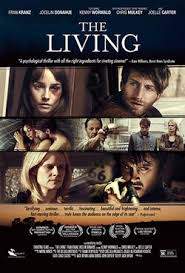
The Living
Year: 2015
Runtime: 89 min
Language: Chinese
Director: Jack Bryan
Following a night of heavy drinking, Teddy awakens to a disturbing reality—his wife, Molly, is injured and beaten. Haunted by the events of the previous evening, he must now face the repercussions of his actions. As he seeks redemption, those around him become entangled in a web of dangerous alliances, deadly secrets, and a desperate struggle for power and control, forcing everyone to confront the devastating consequences.
Warning: spoilers below!
Haven’t seen The Living yet? This summary contains major spoilers. Bookmark the page, watch the movie, and come back for the full breakdown. If you're ready, scroll on and relive the story!
The Living (2015) – Full Plot Summary & Ending Explained
Read the complete plot breakdown of The Living (2015), including all key story events, major twists, and the ending explained in detail. Discover what really happened—and what it all means.
Teddy wakes to the aftermath of a night that left him reeling: a missing wedding band, a splattered memory, and a truth he fears to face. The house feels too quiet, and the irregular thump of his own pulse seems loud enough to betray him. With a growing sense of urgency, he searches for Molly, only to realize she is not where she should be. His confusion intensifies when he reaches Molly’s mother’s house and finds Angela and Gordon waiting with grim, practical sentences that cut through the fog of his intoxication. They tell him that Molly wants nothing to do with him, that the man who sits before them is still the man who hurt her, and that apology becomes a fragile, almost performative gesture as Teddy struggles to argue he doesn’t remember the attack. The room fills with a heavy, unsettled silence until Molly—the woman at the center of this storm—emerges with a guarded acknowledgment that what’s happening is not a full reconciliation. She makes clear she’s returning to the house, not reigniting anything with Teddy, a distinction that lingers in the air. In the same breath, Angela challenges Gordon to take a firmer stand for his sister, a moment that casts a wary shadow over the entire family’s dynamic.
In a bar, Gordon voices a darker current of feeling he tries to keep tamped down: he wishes Teddy dead. A friend mentions a possible solution in the form of an ex-con, someone who might be willing to do the job for a low price. Gordon is noncommittal, yet the seed has been planted. The moment passes, and the world settles into its routine again—back at work, back among groceries and the ordinary routines of life. When Gordon unexpectedly runs into Teddy and Molly at a supermarket—an accidental collision that underscores the fragile thread connecting their lives—Teddy apologizes for his behavior, signaling a tentative willingness to mend fences. Gordon, though still preoccupied with his own darker thoughts, gives the impression that he could still throw a punch, should the moment demand it, and he reiterates his yearning for Teddy’s end. A friend suggests again that they could reach the ex-con, and Gordon gives a half—almost reluctant—consent to pursue the possibility.
Back home, Molly’s stance hardens a touch more: she asks Teddy to move out, but she agrees to give him a real chance to repair the harm with a planned dinner date. The restaurant becomes a kind of stage where their fragile truce is observed by friends who sense the battered edges of this couple’s life yet choose to pretend nothing severe is happening. They navigate the social space with care, the guests too uncomfortable to comment on Molly’s battered appearance, letting the silence do the heavy lifting. Meanwhile, the ex-con’s number travels southern miles to reach Howard, a man whose temperament and past prove to be a volatile mix. Howard, who lives far away in Mississippi, insists that Gordon meet him in person to seal the agreement, and Gordon, driven by a mix of guilt and fear, agrees to drive almost half a country away to see him.
What unfolds is a disturbing test of nerve and choice. Gordon drives into unfamiliar territory, and once Howard confirms the job, the atmosphere tightens into a claustrophobic certainty. Howard insists on removing all doubt—he requires Gordon to strip naked to prove he isn’t wired in some way—and, once the test is over, he accepts the payment terms with a chilling calm. The pair drive home, and the longer ride is filled with Howard’s cold philosophy about violence: he believes the survivors bear the deepest weight of grief, a belief that lurks in every taunt and threat he levels at Gordon. The moral gravity of the moment grows heavier as the car fills with the unspoken question of what price a life must pay for peace.
Meanwhile, Teddy and Molly’s relationship begins its slow, stubborn thaw. They find a way back toward each other, and Molly allows Teddy to move back into their house. The air between them becomes a measured compromise, a tentative normalcy that hints at healing even as the threat of unseen violence remains just outside the door. Gordon, too, returns to Pennsylvania to join the dinner scene at the house—a gathering that starts with cold politeness and devolves into a combustible clash. Angela’s restraint short-circuits as she accuses Teddy of bringing danger into their family; Molly defends him, and the two women clash in a raw, unfiltered exchange that leaves the room ringing with tension. The collective mood is a volatile mix of anger, fear, and the stubborn desire for some semblance of harmony.
The home becomes a paradox: a place where intimacy can flourish and where danger can ambush at any moment. Teddy and Molly finally choose to re-enter the intimate space of their relationship, sharing a night of renewed closeness that culminates in Molly producing Teddy’s missing wedding band. The moment feels like a small victory, a tangible symbol that life might still hold memory and meaning. Teddy’s next, almost casual question—whether he can have a beer—belongs to a different world, one where normalcy is a fragile veneer. Molly says yes, a small concession that signals trust, and their tentative happiness seems within reach until a knock at the door interrupts the fragile peace.
Howard arrives in a brutal, decisive fashion: he shoots Teddy dead, a stark reminder that the violence looming over this family is not abstract but lethal. Molly rushes to intervene, but Howard warns her off with the same cold certainty as before, and he shoots her as well, ending their hopeful moment with cruel finality. The house has become a crime scene, and grief detonates in its wake as Molly’s body collapses and Teddy’s life slips away.
In the wake of this catastrophe, Gordon travels to Mississippi to confront Howard with a shotgun. He arrives bearing the weight of loss and guilt, a man who insists that murder cannot define him any longer even as the act of taking a life seems to burn itself into his skull. Howard’s warning—that murder will change him—lands with blunt force, a reminder that violence begets consequences that cannot be escaped. Gordon accepts the grim reality: he is already living with the consequences of what he has witnessed and what he has helped to spark. In a final, stark standoff, Gordon does what is necessary in his own perception of justice, pulling the trigger one last time to end Howard’s life.
The film closes on a choked, somber note that lingers in the memory. The cycles of violence have carved deep trenches in each character’s life, leaving behind a legacy of pain that no one quite knows how to mend. What begins as a struggle for control, redemption, and safety becomes a brutal meditation on how much violence is required to protect those we love, and at what cost. The story remains exacting and unflinching in its portrayal of how fear, anger, and guilt intertwine to demand a price that no one seems prepared to pay—and yet cannot avoid paying in the end.
Last Updated: October 09, 2025 at 16:21
Unlock the Full Story of The Living
Don't stop at just watching — explore The Living in full detail. From the complete plot summary and scene-by-scene timeline to character breakdowns, thematic analysis, and a deep dive into the ending — every page helps you truly understand what The Living is all about. Plus, discover what's next after the movie.
The Living Timeline
Track the full timeline of The Living with every major event arranged chronologically. Perfect for decoding non-linear storytelling, flashbacks, or parallel narratives with a clear scene-by-scene breakdown.

Characters, Settings & Themes in The Living
Discover the characters, locations, and core themes that shape The Living. Get insights into symbolic elements, setting significance, and deeper narrative meaning — ideal for thematic analysis and movie breakdowns.

Similar Movies to The Living
Discover movies like The Living that share similar genres, themes, and storytelling elements. Whether you’re drawn to the atmosphere, character arcs, or plot structure, these curated recommendations will help you explore more films you’ll love.
Explore More About Movie The Living
The Living (2015) Scene-by-Scene Movie Timeline
The Living (2015) Movie Characters, Themes & Settings
The Living (2015) Spoiler-Free Summary & Key Flow
Movies Like The Living – Similar Titles You’ll Enjoy
Living (2022) Ending Explained & Film Insights
You, the Living (2009) Story Summary & Characters
The Disappointments Room (2016) Spoiler-Packed Plot Recap
Dead & Buried (1981) Film Overview & Timeline
Dead Silence (2007) Ending Explained & Film Insights
Resurrection (2022) Ending Explained & Film Insights
You Should Have Left (2020) Movie Recap & Themes
Double Life (2023) Full Movie Breakdown
Unknown (2006) Detailed Story Recap
The Legacy (1979) Ending Explained & Film Insights
Cold Moon (2017) Complete Plot Breakdown
Things Heard & Seen (2021) Complete Plot Breakdown
Men (2022) Movie Recap & Themes
The Haunting (1999) Full Summary & Key Details
The Damned (2025) Spoiler-Packed Plot Recap


